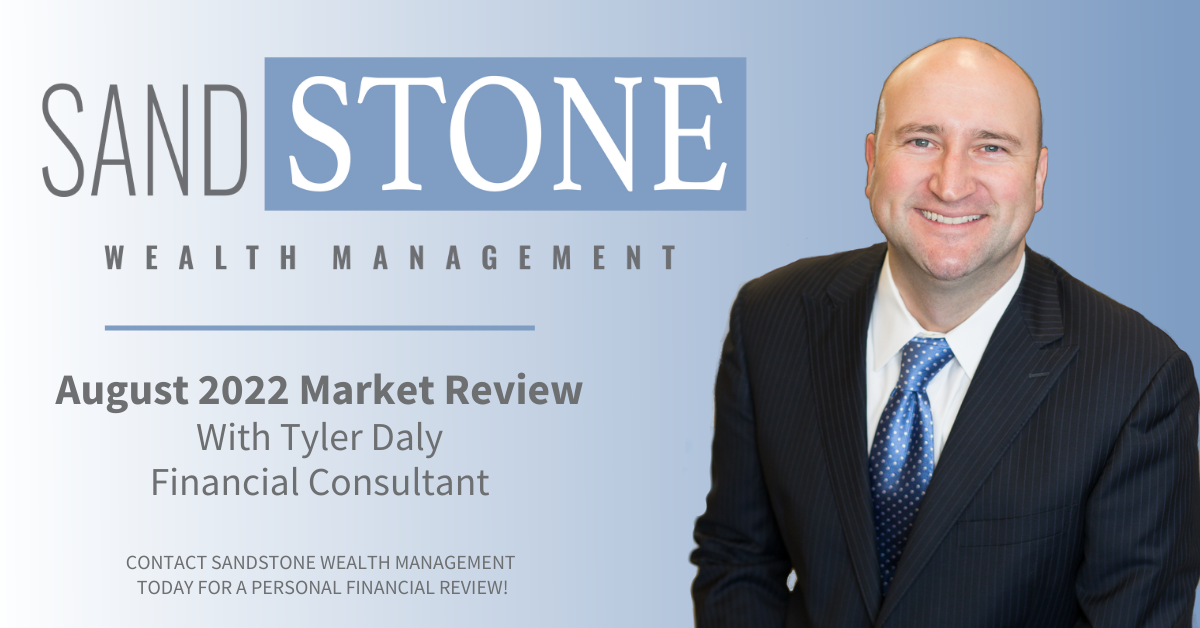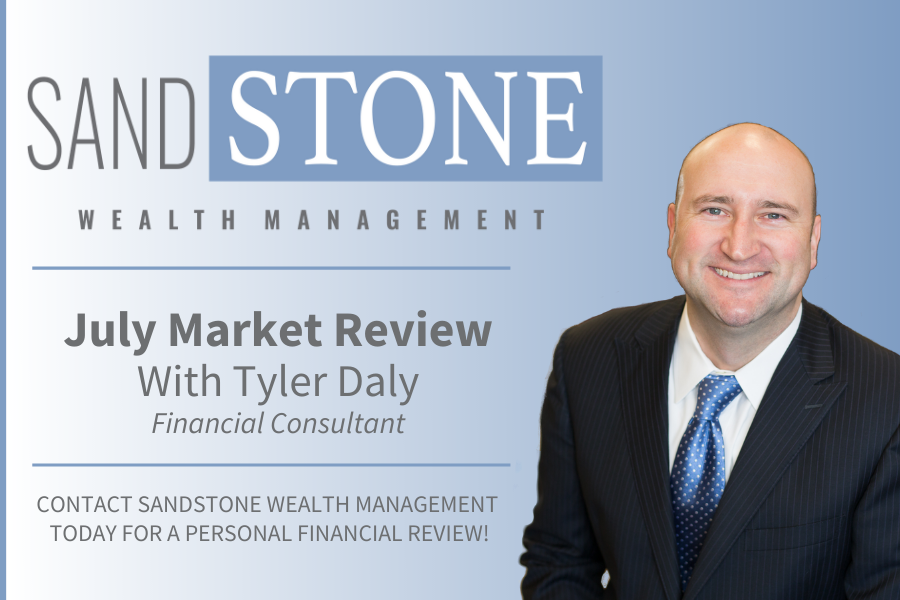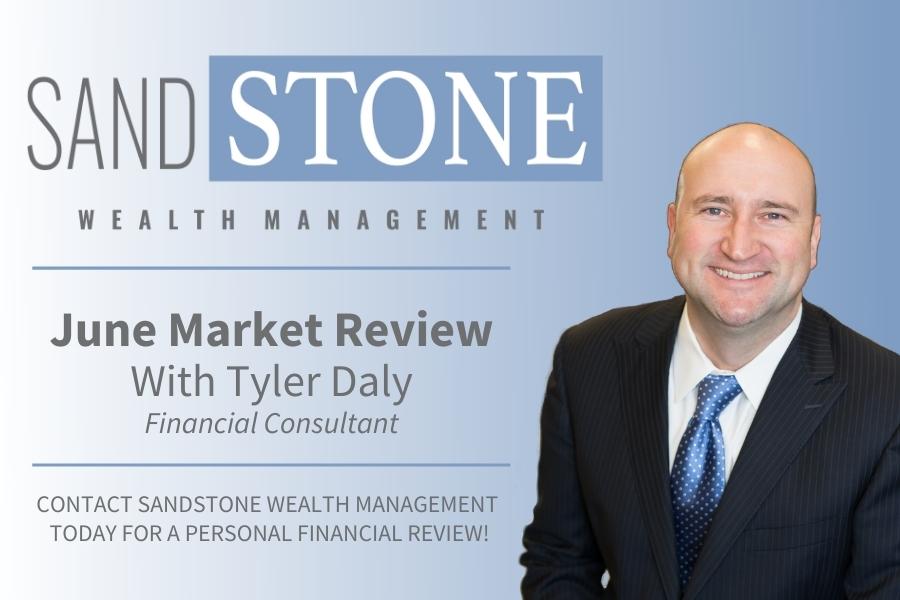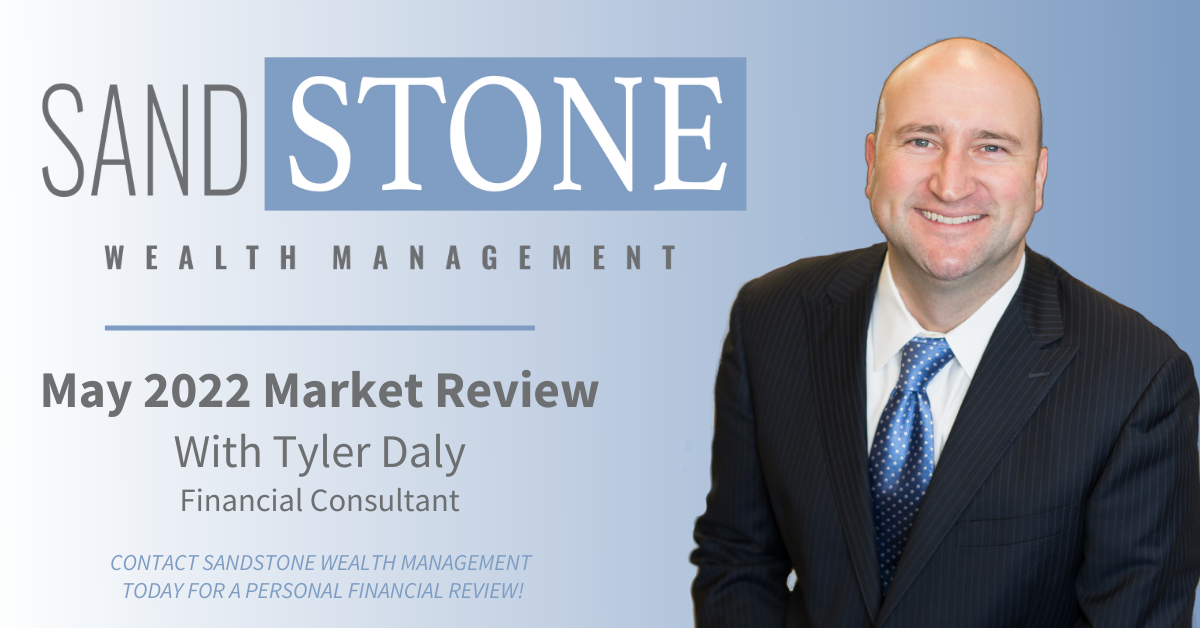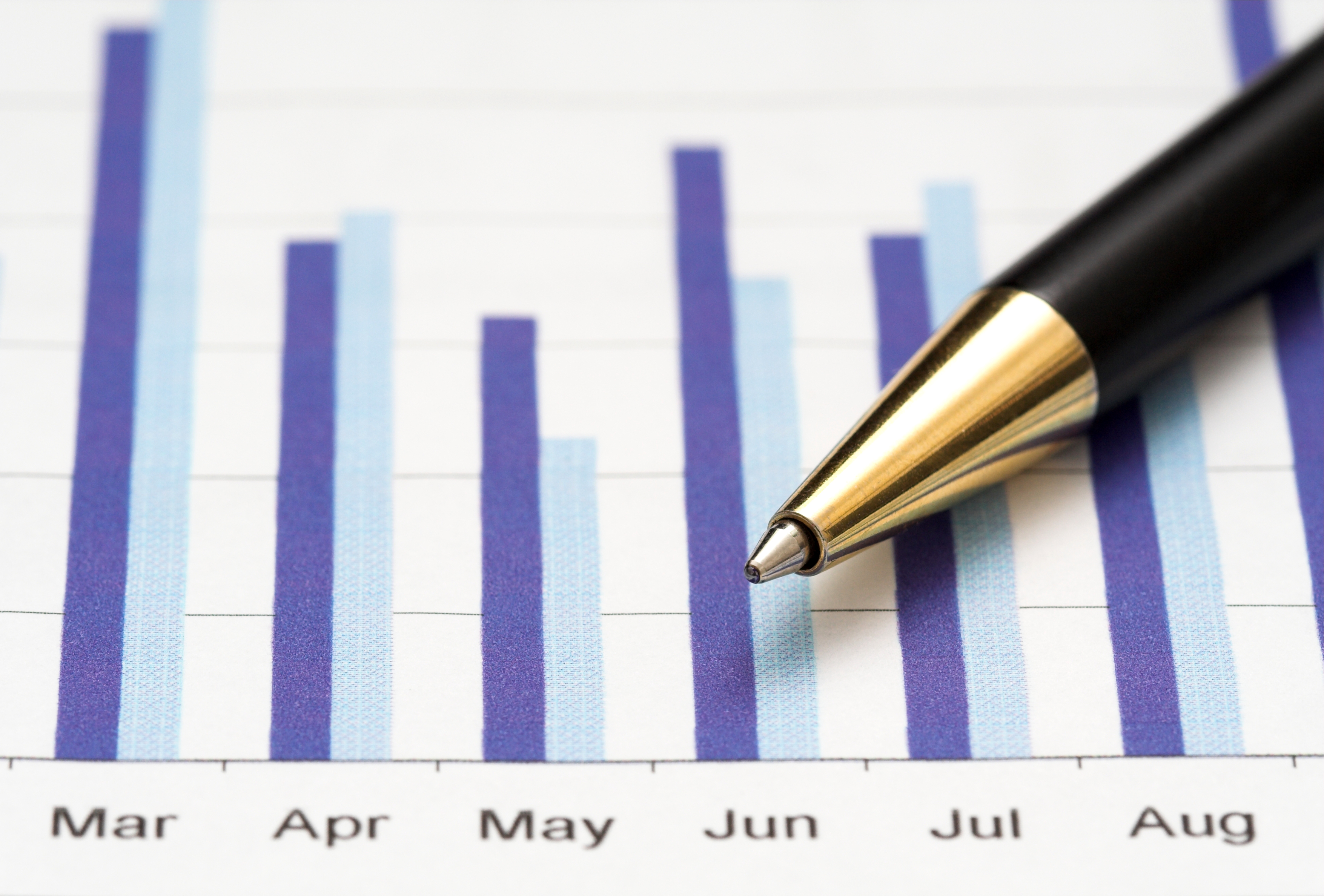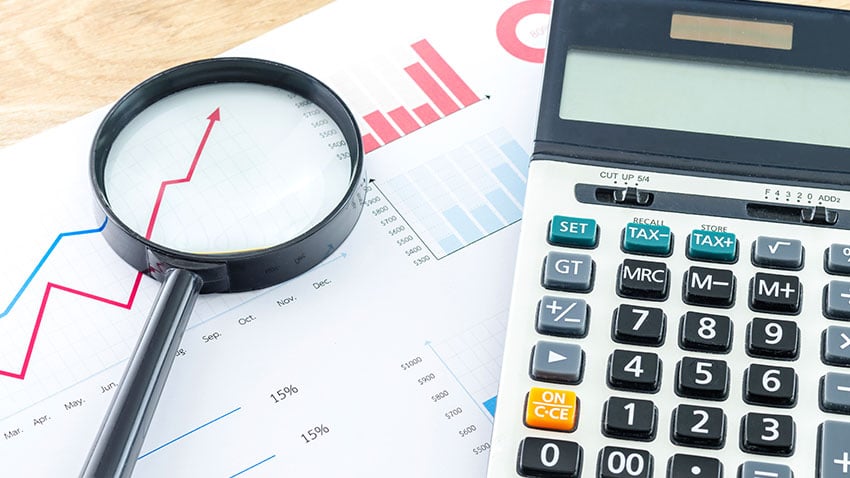
The domestic equity markets lost a bit of steam in April, especially the Nasdaq index, which lost 2%. The S&P 500 and the Dow Jones Industrial Average put up positive numbers for the month, but they were less impressive than those we saw at the beginning of spring. International stocks fared better, with the EAFE index notching a 2.5% gain.
| 4/29/16 Close | 3/31/16 Close | Change | Gain/Loss | |
|---|---|---|---|---|
| DJIA | 17,773.64 | 17,685.09 | +88.55 | +0.50% |
| NADSAQ | 4,775.36 | 4,869.85 | -94.49 | -1.94% |
| S&P 500 | 2,065.30 | 2,059.74 | +5.56 | +0.27% |
| MSCI EAFE | 1,693.18 | 1,652.04 | +41.14 | +2.49% |
*Performance reflects price returns as of market close on April 29, 2016
Despite stumbling a bit at the end of April, the U.S. stock market came within striking distance of new highs during the month. The economic data have been a mixed bag in recent weeks, possibly reflecting seasonal adjustment issues related to the early Easter. Real GDP rose at a 0.5% annual rate in the advance estimate for the first quarter, but that understates the underlying strength in the domestic economy. As expected, slower inventory growth and weaker exports (a consequence of the strong dollar) detracted from growth. Consumer spending growth was moderate, and residential homebuilding was strong. Business fixed investment fell sharply, with more than three-quarters of the decline due to a drop in mining structures (which includes oil and gas well drilling). Inflation-adjusted disposable income rose 3.1% over the 12 months ending in March, which should provide support for consumer spending growth into the spring and summer.
Raymond James Chief Economist Scott Brown notes that while the gauges are mixed, most of the data is consistent with moderate growth. Fundamentals of the household sector are strong, supporting consumer spending and housing, but business fixed investment is soft and the strong dollar may restrain exports. Election-year uncertainty may also come into play, fueling further caution among businesses.
The Federal Reserve’s latest policy statement stuck to the expected script, espousing a “wait and see” approach to keep an eye on economic activity, the job market, inflation and global financial developments. What that means is that policymakers are expecting to gradually normalize monetary policy as long as economic growth remains sustainable. For now, Brown believes, it looks like the central bankers also expect moderately strong growth this year.
And, Chief Investment Strategist Jeff Saut believes the outlook for the equity markets remains sunny, with stronger commodities helping to stabilize emerging economies and central banks forming a united front in Europe and Asia. In addition, the auto and housing markets look solid, and earnings have been coming in better than expected thus far, with a few exceptions among tech heavyweights. Even the meager GDP growth rate appears sustainable, Saut believes.
“We think GDP is going to ramp in the back half of this year,” he wrote in his April commentary. “Yes, there will be pullbacks, but … they are for buying. If the past is a prelude, we should have another seven or eight years left in this bull market.”
I’m sharing this insight with you to give you some perspective and help cut through some of the noise you may see in the financial media. My team will continue to monitor the latest economic data and financial news.
Please feel free to call me if you have any questions. I look forward to speaking with you.
Sincerely,
Tyler Daly
Financial Advisor
Raymond James Financial Services, Inc.
*Investing involves risk, and investors may incur a profit or a loss. Past performance is not an indication of future results and there is no assurance that any of the forecasts mentioned will occur. Investors cannot invest directly in an index. The Dow Jones Industrial Average is an unmanaged index of 30 widely held stocks. The NASDAQ Composite Index is an unmanaged index of all common stocks listed on the NASDAQ National Stock Market. The S&P 500 is an unmanaged index of 500 widely held stocks. The MSCI EAFE (Europe, Australia, Far East) index is an unmanaged index that is generally considered representative of the international stock market. International investing involves additional risks such as currency fluctuations, differing financial accounting standards, and possible political and economic instability. These risks are greater in emerging markets. The performance noted does not include fees or charges, which would reduce an investor's returns.

Tyler has been in the financial services industry since 2004 and with Sandstone Wealth Management and Heartland Bank since 2009. He is Series 7, 66 and Insurance licensed to assist his clients with all their investing, financial planning, and insurance needs. Tyler was recently named to the Forbes List of America's Top Next-Generation Wealth Advisor, which recognizes advisors from national, regional, and independent firms. Tyler graduated from the University of Nebraska-Lincoln with a Bachelor’s Degree in Diversified Agriculture and was born and raised in the Nebraska Sandhills. This gives him an intimate knowledge and understanding of his farming and ranching clients. Tyler is married to Rachel, who earned her Doctorate of Pharmacy from the University of Nebraska. They have two children, Camilla and Cooper. Away from business, he enjoys officiating high school basketball in the winter as well as golfing and team roping in the summer.
